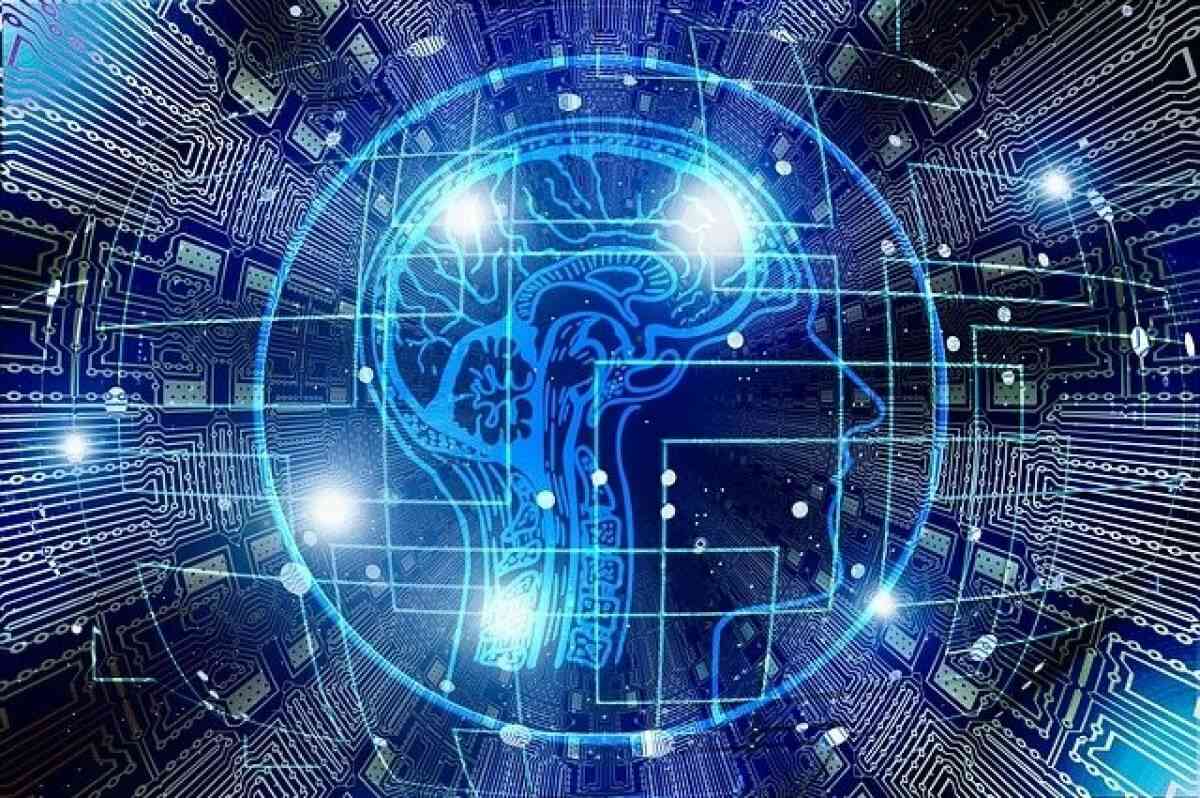Artificial Intelligence (Ai) In Healthcare

Artificial intelligence(AI) to replicate human cognition in the analysis, display & complicated medical healthcare data.
The use of machine-learning algorithms and software, or artificial intelligence (AI), to replicate human cognition in the analysis, display, and comprehension of complicated medical and healthcare data is referred to as artificial intelligence in healthcare. AI is the ability of computer algorithms to make accurate predictions solely based on input data.
The ability to gather data, process it, and deliver a well-defined result to the end-user differentiates AI technology from traditional healthcare solutions. Machine learning and deep learning are used by AI to do this. These algorithms are capable of recognizing patterns in human behaviour and generating their logic. Machine learning models must be trained with large volumes of data to provide relevant insights and predictions. There are two ways that AI systems vary from humans:
(1) Algorithms are literal: once a goal is established, the algorithm learns only from the input data and can only comprehend what it has been designed to do.
(2) and some deep learning algorithms are black boxes;
Present Research of AI in Health care:
Dermatology
Dermatology is a specialty with a lot of imaging, and image processing has played a role in the development of deep learning. As a result, dermatology and deep learning are an excellent match. Contextual images, macro images, and micro images are the three basic imaging types used in dermatology. Deep learning made significant advances in each modality. some demonstrated the ability to detect keratinocyte skin cancer from photos of the face. The scheme that enables showed that disease photos can be used to classify skin cancer at the dermatologist level. Noyan et al. presented a convolutional neural network that correctly identified skin cells from a tiny Tzanck smear image with 94 percent accuracy.
Radiology
In the discipline of radiology, artificial intelligence is being tested to detect and diagnose disorders in patients using computerized tomography (CT) and magnetic resonance imaging (MR). According to the Radiography Society of North America, the focus on Artificial Intelligence in radiology has significantly expanded in recent years, with growth from 0 to 3, 17, and overall, 10% of total articles during 2015-2018. A Stanford study developed an algorithm that may detect pneumonia in patients with a superior average F1 metric (a statistical metric based on accuracy and recall) than the trial's radiologists. AI has proven to be useful in cancer imaging for detecting abnormalities and tracking changes over time, two important aspects of oncological health. Several businesses and organizations.
Primary care has turned into an important aspect of development for AI technologies. AI has really been utilized in general practice to aid decision-making, predictive modelling, and business analytics. Despite significant improvements in AI technology, general practitioners perspectives on AI's role in primary care remain restricted, focusing primarily on procedural and routine recording chores.
Psychiatry
In psychiatry, AI applications are still in a phase of proof-of-concept. Areas, where the evidence is widening quickly, include chatbots, conversational agents that imitate human behaviour, and which have been studied for anxiety and depression.
Challenges include the fact that many applications in the field are developed and proposed by private corporations, such as the screening for suicidal ideation implemented by Facebook in 2017. Such applications outside the healthcare system raise various professional, ethical, and regulatory questions.
Disease identification
According to Jiang et al. (2017), there are many types of AI techniques that's been used for a variety of diseases, including support vector machines, neural networks, and decision trees. Each of these techniques has a "training goal" so that "classifications agree with the outcomes as much as possible..."
To demonstrate some specifics for disease diagnosis/classification, two different techniques are used in the classification of these diseases: "Artificial Neural Networks (ANN) and Bayesian Networks (BN)." It was discovered that ANN was superior and could identify diabetes and CVD more accurately.
Conclusion:
Because AI makes decisions based solely on the data it receives as input, it is critical that this data accurately represents patient demographics. Patients in a healthcare setting do not fully understand how predictive algorithms are created or calibrated. As a result, these medical institutions may unfairly application their algorithms to discriminate against minorities and prioritize profits over providing optimal care.



